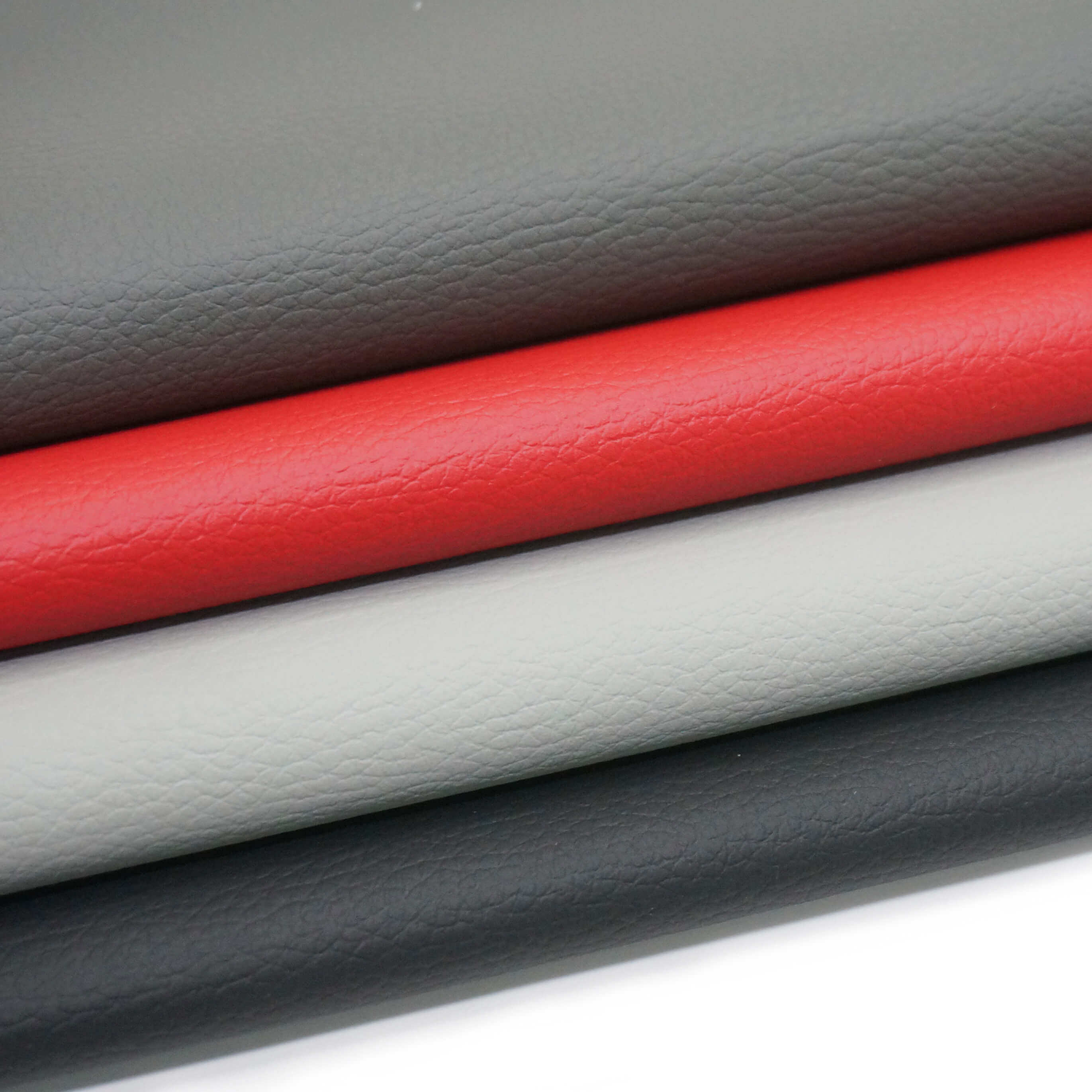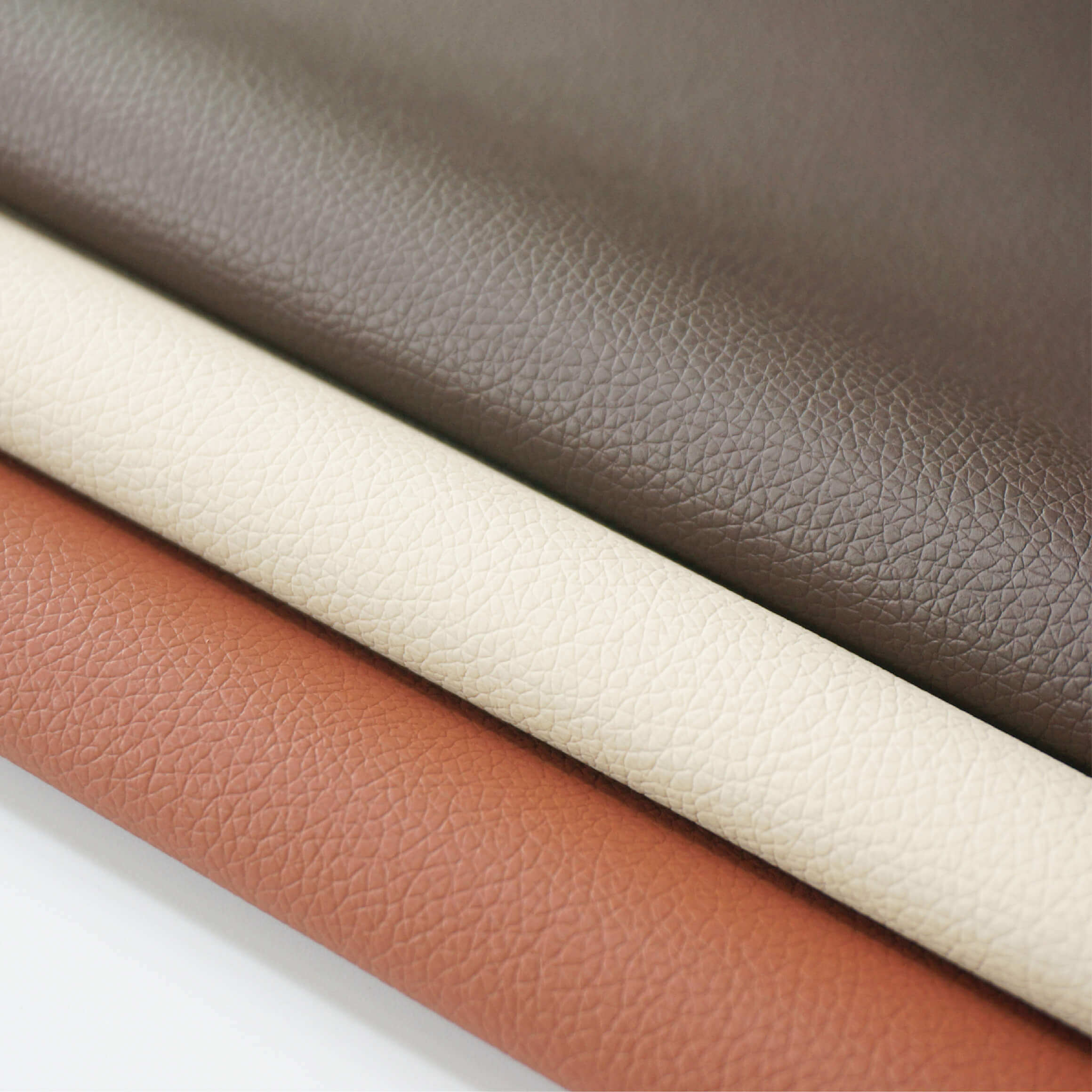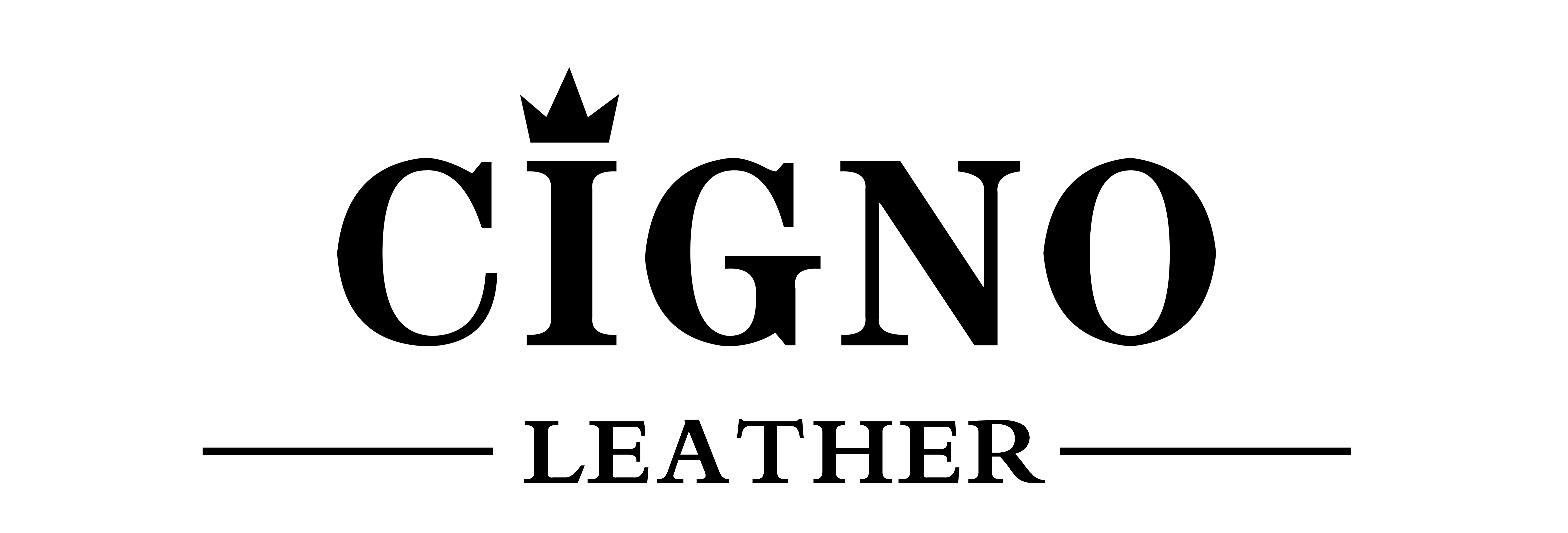Email format error
Email cannot be empty
Email already exists
6-20 characters(letters plus numbers only)
The password is inconsistent
Email format error
Email cannot be empty
Email does not exist
6-20 characters(letters plus numbers only)
The password is inconsistent

News

Faux Leather Wholesale: Your Ultimate Guide to Quality and Affordability
The world of faux leather wholesale offers a plethora of opportunities for businesses and individuals alike. Whether you are a manufacturer, retailer, or DIY enthusiast, understanding the intricacies of faux leather and its wholesale market can greatly benefit your endeavors. In this comprehensive guide, we will explore the various aspects of faux leather wholesale, providing valuable insights to help you make informed decisions.
What is Faux Leather?
Faux leather, also known as synthetic leather or artificial leather, is a material designed to mimic the appearance and texture of genuine leather. It is commonly made from a plastic base, such as polyurethane (PU) or polyvinyl chloride (PVC), which is then treated to achieve a leather-like finish. Faux leather offers several advantages over genuine leather, including affordability, versatility, and ease of maintenance.
Advantages of Faux Leather
1. Cost-Effective: One of the most significant advantages of faux leather is its cost-effectiveness. Genuine leather can be expensive, making it less accessible for budget-conscious consumers. Faux leather provides a more affordable alternative without compromising on aesthetics.
2. Durability: Faux leather is highly durable and resistant to wear and tear. It does not crack or fade as easily as genuine leather, making it a practical choice for furniture, clothing, and accessories.
3. Ethical and Eco-Friendly: Unlike genuine leather, faux leather does not involve animal cruelty. It is an ethical choice for those who prefer cruelty-free products. Additionally, some faux leather products are made from recycled materials, contributing to environmental sustainability.
Understanding Faux Leather Wholesale
Faux leather wholesale refers to the bulk purchasing of faux leather materials directly from manufacturers or distributors. This approach is beneficial for businesses looking to reduce costs and maintain a steady supply of materials. Here are some key considerations when exploring faux leather wholesale:
1. Supplier Selection: Choosing the right supplier is crucial in ensuring the quality and reliability of your faux leather. Look for suppliers with a proven track record, positive customer reviews, and transparent business practices.
2. Material Types: Faux leather comes in various types, including microfiber faux leather and microfiber synthetic faux leather. Each type has unique properties and applications, so it's essential to understand the differences before making a purchase.
3. Pricing and Discounts: Wholesale prices are typically lower than retail prices, allowing you to save money. Additionally, many suppliers offer discounts for bulk orders, further reducing your costs.
4. Customization Options: Some suppliers offer customization options, allowing you to choose specific colors, textures, and finishes. This can be particularly useful for businesses looking to create unique products.
Key Applications of Faux Leather
Faux leather is incredibly versatile and can be used in a wide range of applications. Here are some common uses:
1. Furniture: Faux leather is a popular choice for furniture upholstery due to its durability and easy maintenance. It is commonly used in sofas, chairs, and headboards.
2. Clothing and Accessories: Faux leather is widely used in the fashion industry for items such as jackets, skirts, handbags, and belts. Its affordability and variety of styles make it a favorite among designers.
3. Automotive Interiors: Many car manufacturers use faux leather for seat covers and interior trims. It offers a luxurious look without the high cost of genuine leather.
4. Home Décor: Faux leather is also used in various home décor items, including cushions, throws, and wall panels. Its versatility allows it to complement different interior design styles.
How to Care for Faux Leather
Proper care and maintenance can extend the lifespan of your faux leather products. Here are some tips to keep them looking their best:
1. Regular Cleaning: Wipe down faux leather surfaces with a damp cloth to remove dust and dirt. For deeper cleaning, use a mild soap solution and a soft brush.
2. Avoid Harsh Chemicals: Avoid using harsh chemicals or abrasive cleaners, as they can damage the faux leather. Stick to gentle cleaning agents specifically designed for synthetic materials.
3. Protection from Sunlight: Prolonged exposure to direct sunlight can cause faux leather to fade and crack. Place your faux leather items away from windows or use curtains to block out the sun.
4. Conditioning: Just like genuine leather, faux leather can benefit from occasional conditioning. Use a faux leather conditioner to keep the material supple and prevent it from drying out.
Trends in Faux Leather Wholesale
The faux leather industry is continually evolving, with new trends emerging regularly. Staying informed about these trends can help you make strategic decisions for your business. Here are some current trends in faux leather wholesale:
1. Sustainable Faux Leather: With growing environmental awareness, there is an increasing demand for sustainable faux leather options. Manufacturers are developing eco-friendly materials made from recycled plastics and natural fibers.
2. Innovative Textures and Finishes: Advances in technology have led to the creation of faux leather with unique textures and finishes. From embossed patterns to metallic sheens, these innovative designs offer endless possibilities for customization.
3. Smart Faux Leather: The integration of smart technology into faux leather products is gaining popularity. This includes features like built-in heating elements, touch-sensitive surfaces, and self-cleaning properties.
4. Customization and Personalization: Consumers are seeking more personalized products, and the faux leather industry is responding with customizable options. This trend is particularly evident in the fashion and home décor sectors.
Choosing the Right Faux Leather for Your Needs
When selecting faux leather for your projects, it's essential to consider your specific needs and preferences. Here are some factors to keep in mind:
1. Type of Faux Leather: Determine which type of faux leather best suits your application. For example, microfiber faux leather is known for its softness and durability, making it ideal for furniture and clothing.
2. Color and Finish: Faux leather is available in a wide range of colors and finishes. Choose a color that complements your design aesthetic and a finish that suits the intended use.
3. Thickness and Weight: The thickness and weight of faux leather can affect its performance and appearance. Thicker materials are more durable but may be less flexible, while lighter materials are easier to work with but may be less sturdy.
4. Budget: Consider your budget when selecting faux leather. While wholesale prices are generally lower, the cost can still vary depending on the quality and type of material.
The Future of Faux Leather Wholesale
The future of faux leather wholesale looks promising, with continued advancements in materials and technology. As consumer preferences shift towards sustainable and ethical products, the demand for high-quality faux leather is expected to grow. Here are some predictions for the future of the industry:
1. Increased Focus on Sustainability: Sustainability will continue to be a key focus, with manufacturers exploring new ways to create eco-friendly faux leather. This includes the use of biodegradable materials and innovative recycling processes.
2. Technological Innovations: The integration of technology into faux leather products will expand, offering new functionalities and enhanced user experiences. This could include everything from smart furniture to interactive fashion items.
3. Global Market Expansion: The faux leather wholesale market is set to expand globally, with increased demand from emerging markets. This growth will create new opportunities for suppliers and manufacturers to reach a broader audience.
4. Customization at Scale: Advances in manufacturing technology will enable greater customization at scale, allowing businesses to offer personalized faux leather products without compromising on efficiency or cost.
Conclusion
Faux leather wholesale presents a wealth of opportunities for businesses and individuals looking for affordable, durable, and versatile materials. By understanding the various types of faux leather, the benefits of wholesale purchasing, and the latest industry trends, you can make informed decisions that enhance your projects and products. Whether you are in the fashion, furniture, automotive, or home décor industry, faux leather is a valuable resource that can help you achieve your goals.
As the industry continues to evolve, staying informed about new developments and innovations will ensure you remain competitive and successful in the faux leather market. Embrace the possibilities of faux leather wholesale and explore the endless potential it offers for your business.

